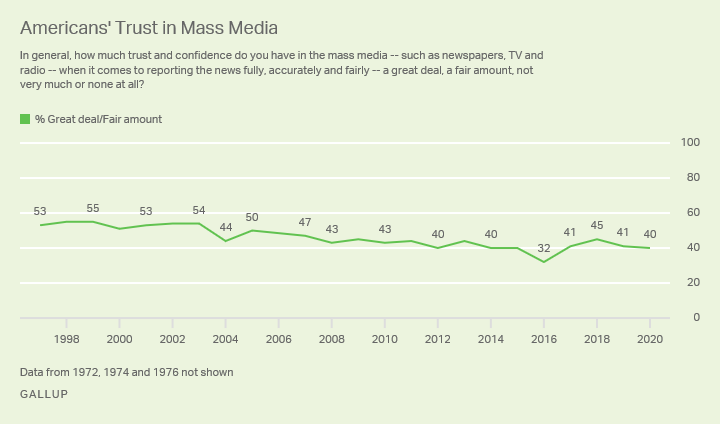 The “language” of Coronavirus instills fear and diminishes trust.
The “language” of Coronavirus instills fear and diminishes trust.
While fear is often used as a tool to gain short-term compliance, it comes with a steep price tag, the loss of trust. Take a closer look at this recently published Gallup chart. Are you surprised?
The following is a list of frequently used fear-inducing COVID19 media terms. How many of these can be accurately defined by the writer, let alone their readers or listeners? And how would you describe your reaction? Anxious, scared, fearful?
- Cases and “numbers” exploding
- Hospital strain
- Unprecedented surge
- Running rampant
- Whopping
- Stay-at-home orders
- Shutdowns
- Lockdowns
- Alarmingly high
- Overwhelming
These obtuse and half-baked terms are no different than the food industry calling its products “all natural,” a meaningless marketing label at best. Without a common vocabulary and precise definitions, the present COVID19 language trumpeted by the media is intentionally designed and delivered to produce two outcomes:
- Instill fear
- Destroy trust
What happens when fear dominates?
The brain releases hormones including cortisol and catecholamine, and shuts down certain executive functions like strategic thinking and trust. In other words, people psychologically “freeze.”
What does the media hope to accomplish by freezing the public, and what is motivating them to do this? Is it no more complicated than a lack of conscience, more “eyeballs” and increased ad revenue, or is there something more? Who is driving these panic inducing headlines? Where have journalistic integrity, ethics and standards gone? How can the public be expected to now pivot away from the fear created by the media and embrace the vaccine news?
Little doubt exists that if we are to accept a vaccine the public’s trust must be elevated. The media needs to immediately take responsibility and be accountable for alleviating their fear porn and replacing it with trust inducing language, concise definitions, increased data transparency, care and empathy. In other words, the ethical practices that build trust. And our politicians and vaccine manufacturers must be held to the same ethical standard, working collaboratively with their media partners to ensure that the fear they have collectively created can be replaced with trust. Unfortunately, that can’t happen by flicking on a switch. Trust is built over time and in incremental steps and it is the outcome of principled behavior.
For more information visit www.trustacrossamerica.com
Copyright 2020, Next Decade, Inc.
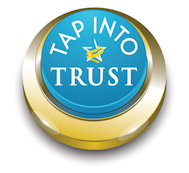

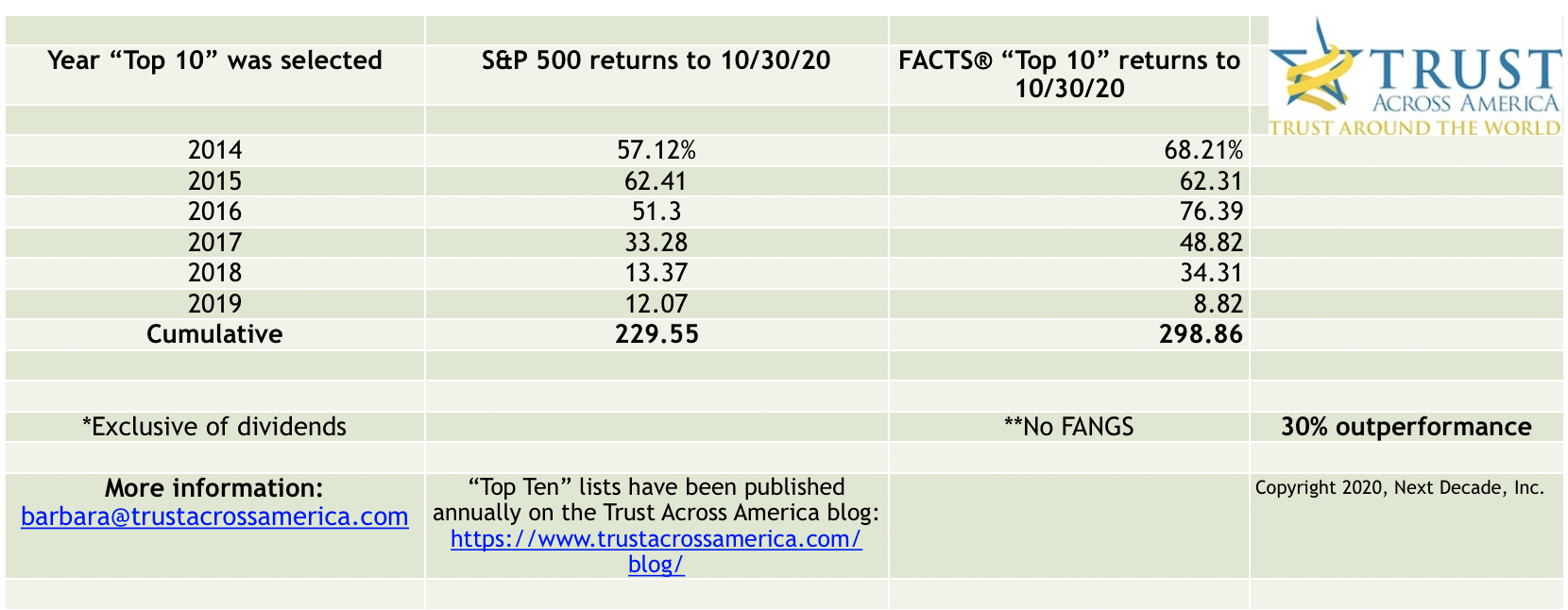

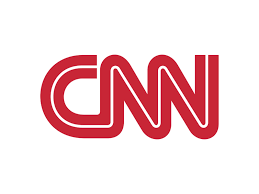

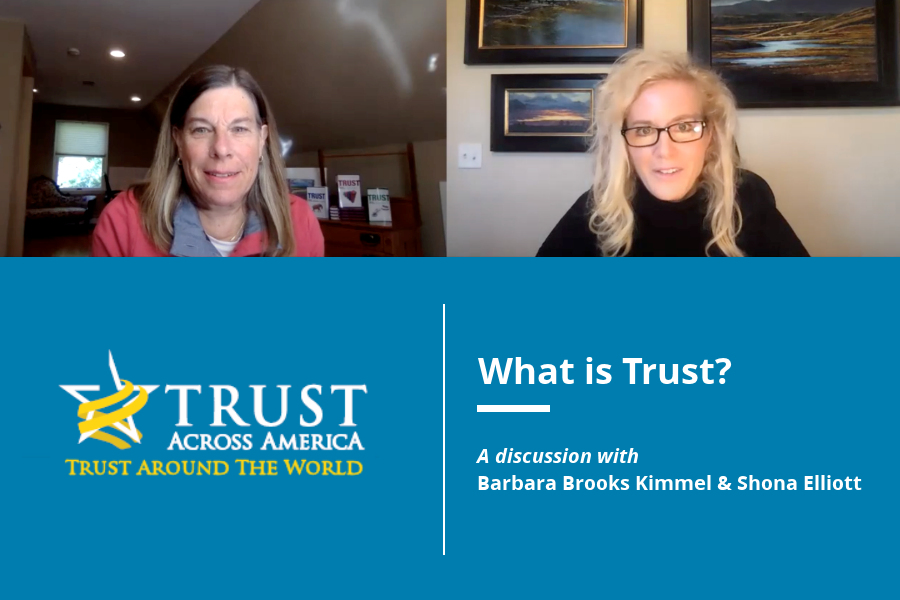

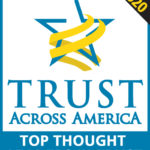
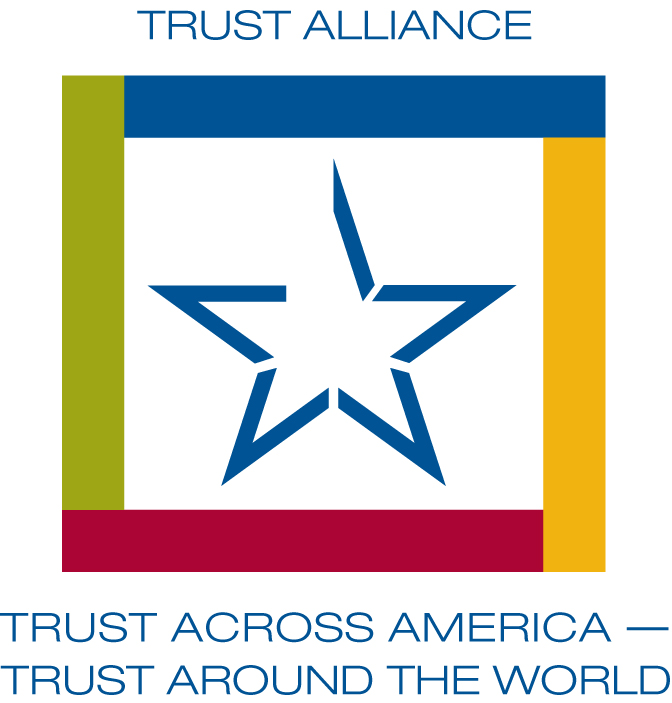

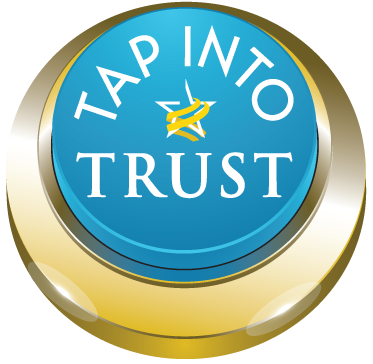
Recent Comments